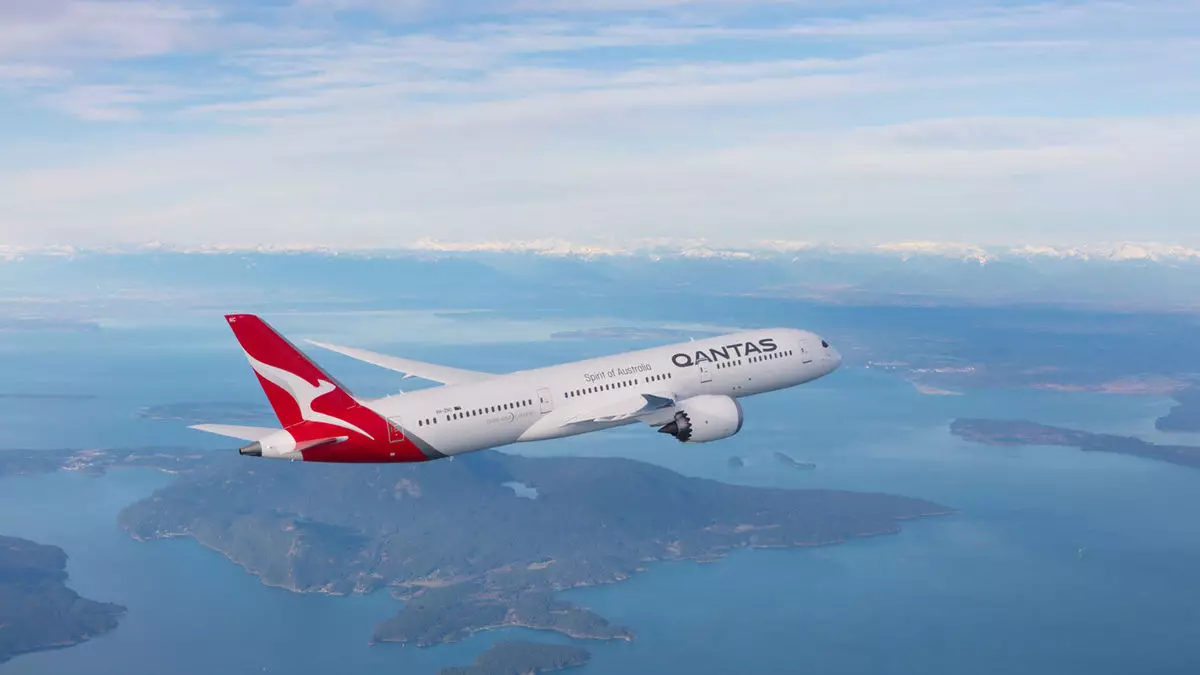In an era where digital interconnectedness underpins global transportation networks, airlines face an increasingly perilous cybersecurity landscape. The recent breach of Qantas exemplifies how even well-established carriers are vulnerable to sophisticated cyberattacks. While the airline assures that flight operations remain unaffected, the breach underscores a disconcerting truth: the security of customer data is often an afterthought amidst complex technological architectures. This incident reveals systemic weaknesses that, if left unaddressed, could erode public trust and jeopardize operational stability in the aviation industry.
The attack on Qantas exploited a third-party platform, exposing sensitive information of millions of customers. Such vulnerabilities are symptomatic of a broader trend—outsourcing critical functions without adequate cybersecurity oversight. Airlines rely heavily on third-party vendors for customer service, booking, and maintenance systems. Yet, these third parties often lack robust security measures, thereby creating footholds for cybercriminals. The attack’s timing, just days after an FBI warning about Scattered Spider’s targeting of airline entities, highlights the persistent threat landscape. It reveals a failure to preemptively address risks, instead reacting only after damage has been done.
The Myth of Security Assurances and the Cost of Overconfidence
Qantas’ assertion that no credit cards, financial details, or passports were compromised may seem reassuring, but such statements often downplay the full scope of potential damage. The exposure of names, email addresses, and frequent flyer details is, in its own right, a significant breach. Cybercriminals can exploit this data for phishing, identity theft, and targeted social engineering attacks. The emphasis on “no passwords compromised” borders on optimistic optimism, ignoring the fact that even seemingly minor data leaks can be manipulated for malicious gain.
The incident raises urgent questions about airline cybersecurity strategies. Relying on third-party providers without rigorous security protocols is akin to building a fortress with vulnerable gates. Airlines and their partners must integrate cybersecurity into their core operations, fostering a culture where security is prioritized over efficiency. The ongoing investigation must extend beyond technical fixes; it must encompass comprehensive audits of supply chain vulnerabilities and vendor compliance standards.
The Path Forward: Reimagining Cyber Resilience in Aviation
This breach should serve as a wake-up call for the aviation industry—a stark reminder that cyber defenses are no longer optional. Enhanced monitoring, real-time threat detection, and stricter third-party vetting are essential. Airlines must also rethink their relationships with vendors, demanding transparent security policies and accountability. Investing in cybersecurity talent and advanced threat intelligence will enable airlines to stay ahead of increasingly adept cybercriminal groups like Scattered Spider.
Moreover, public trust hinges upon transparency and swift action. Qantas’ acknowledgment of the breach, combined with increased security measures, demonstrates accountability, but this must become the industry standard. Airlines have a responsibility to safeguard customer data not just legally, but morally.
If the aviation industry fails to evolve its cybersecurity posture, it risks not only financial losses but a crisis of confidence that could take years to repair. As travelers become more aware of these threats, their expectations for safety extend beyond the aircraft itself to include the integrity of the digital systems that connect us all. The future of air travel depends—and perhaps hinges—on how effectively airlines adapt to this new cyber frontier.


Leave a Reply